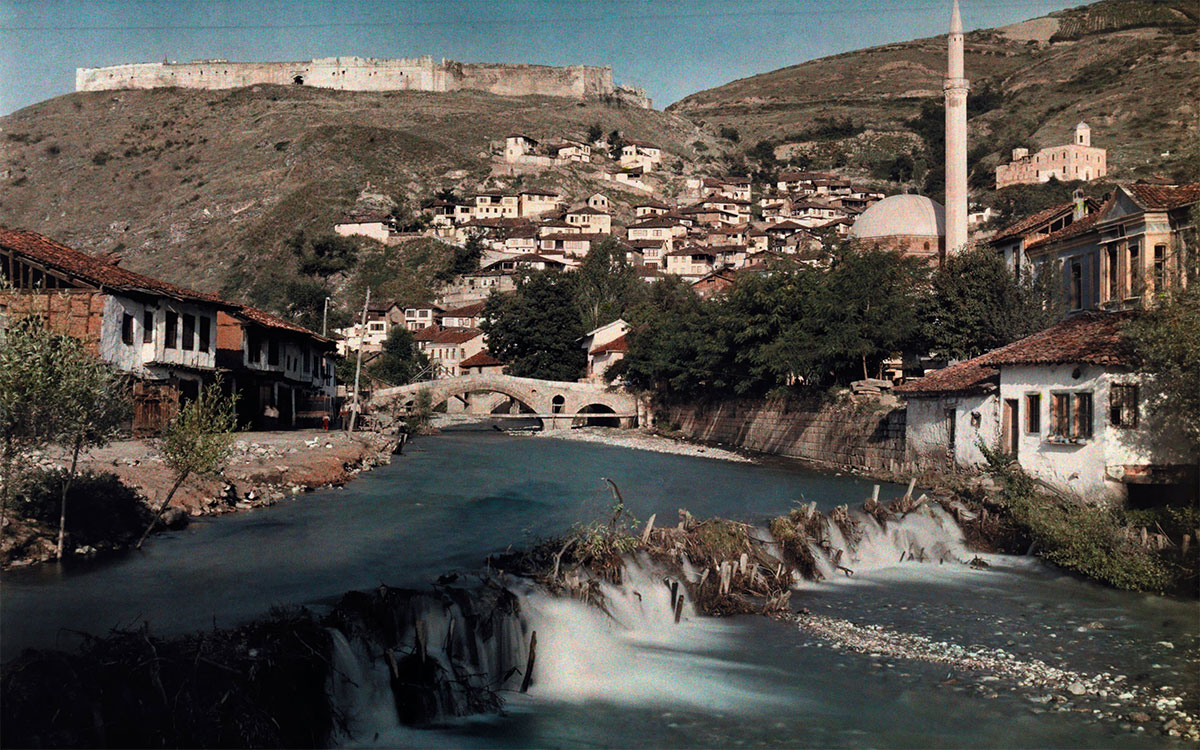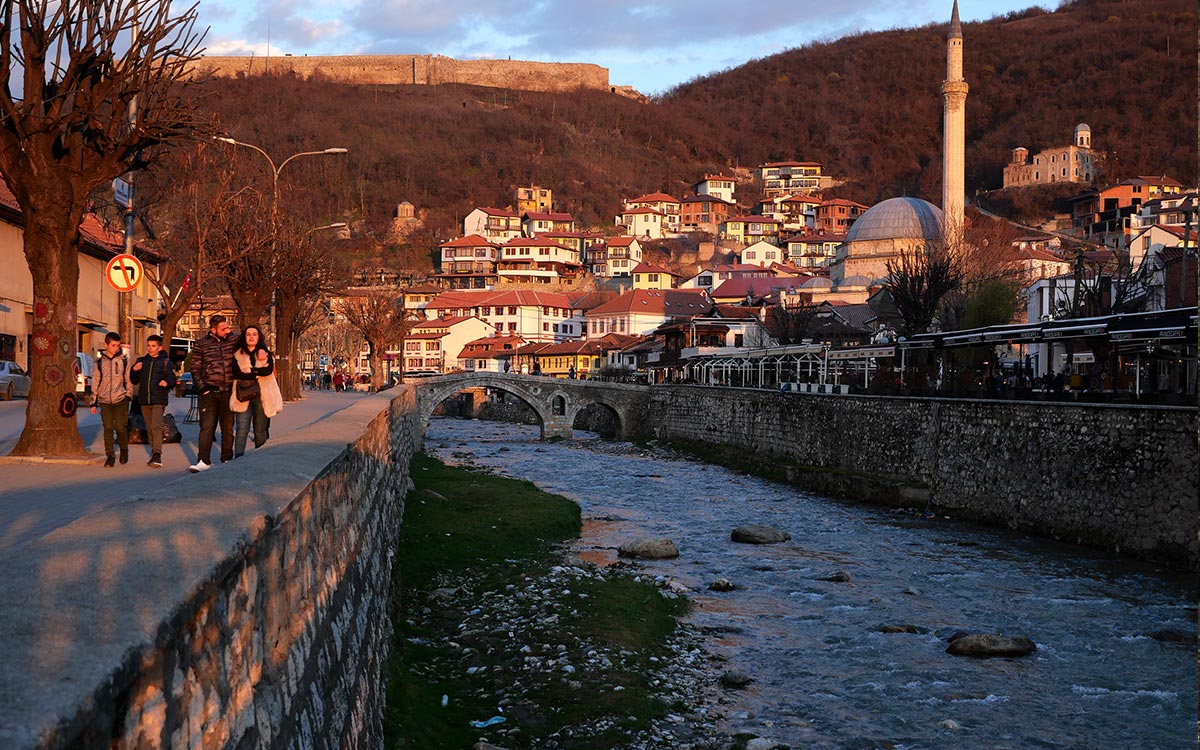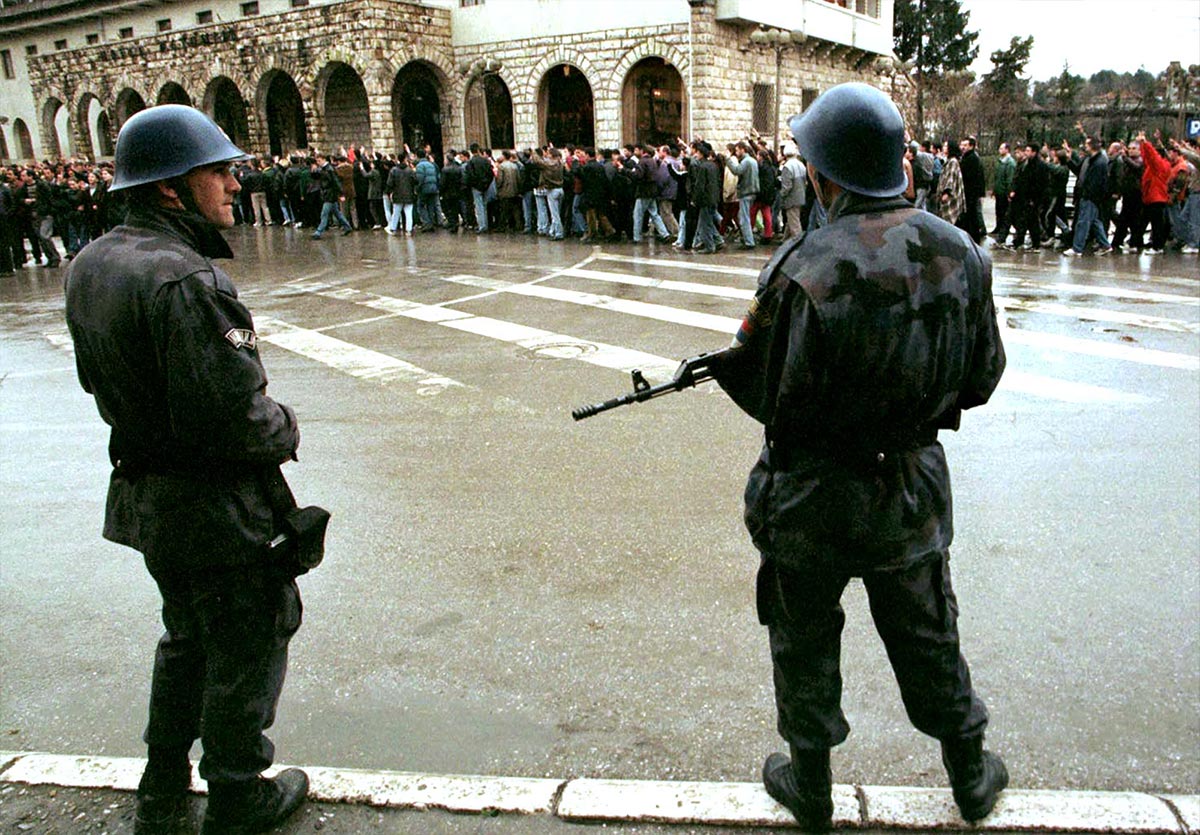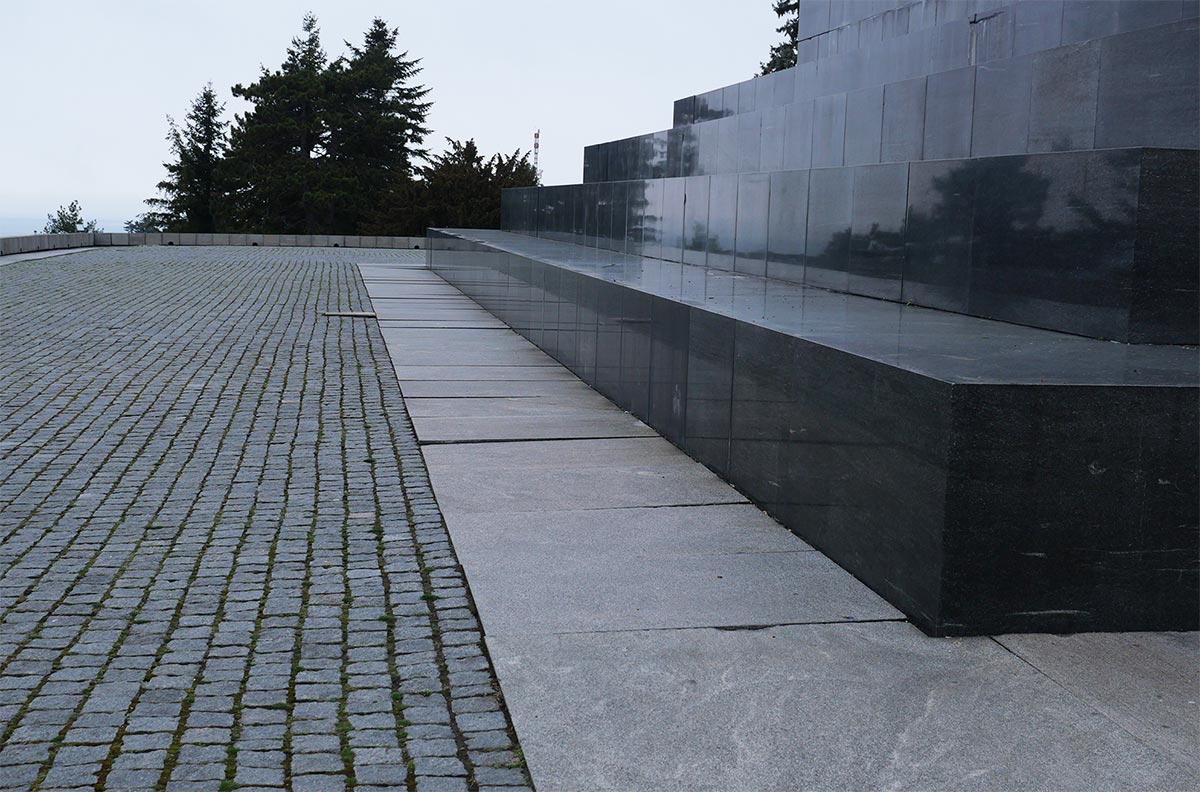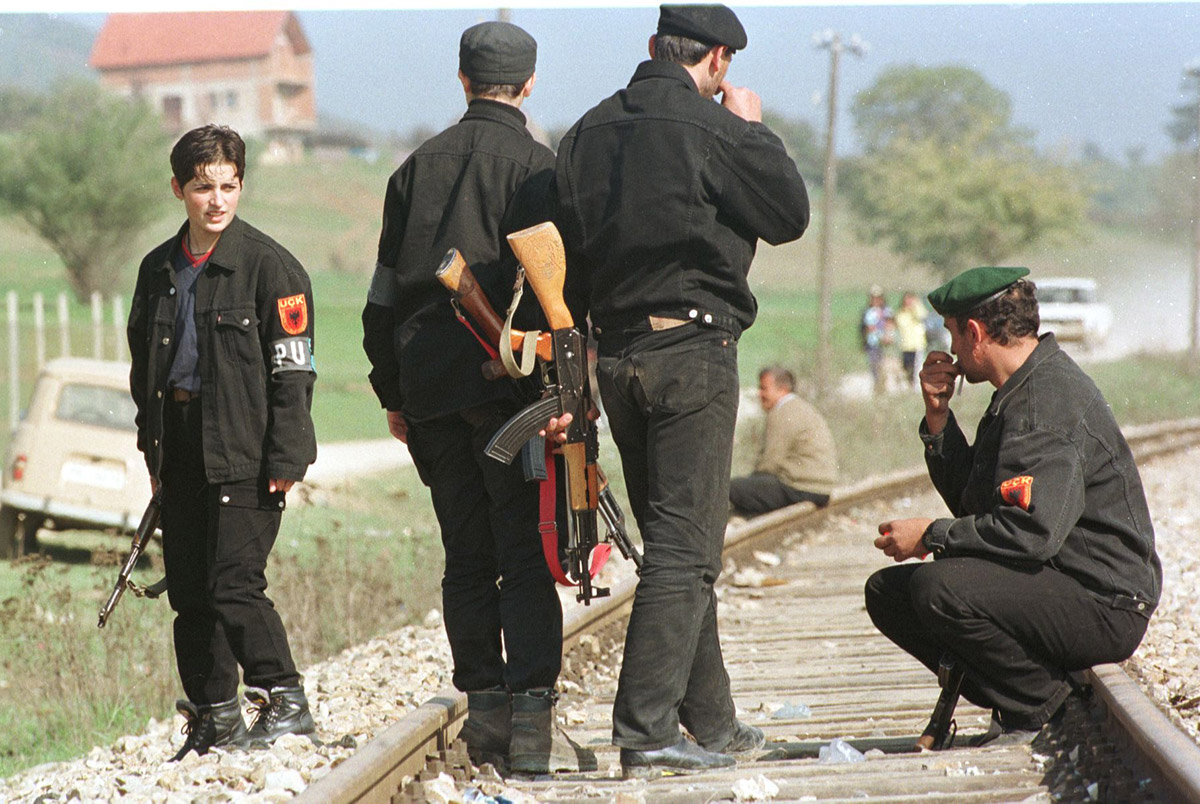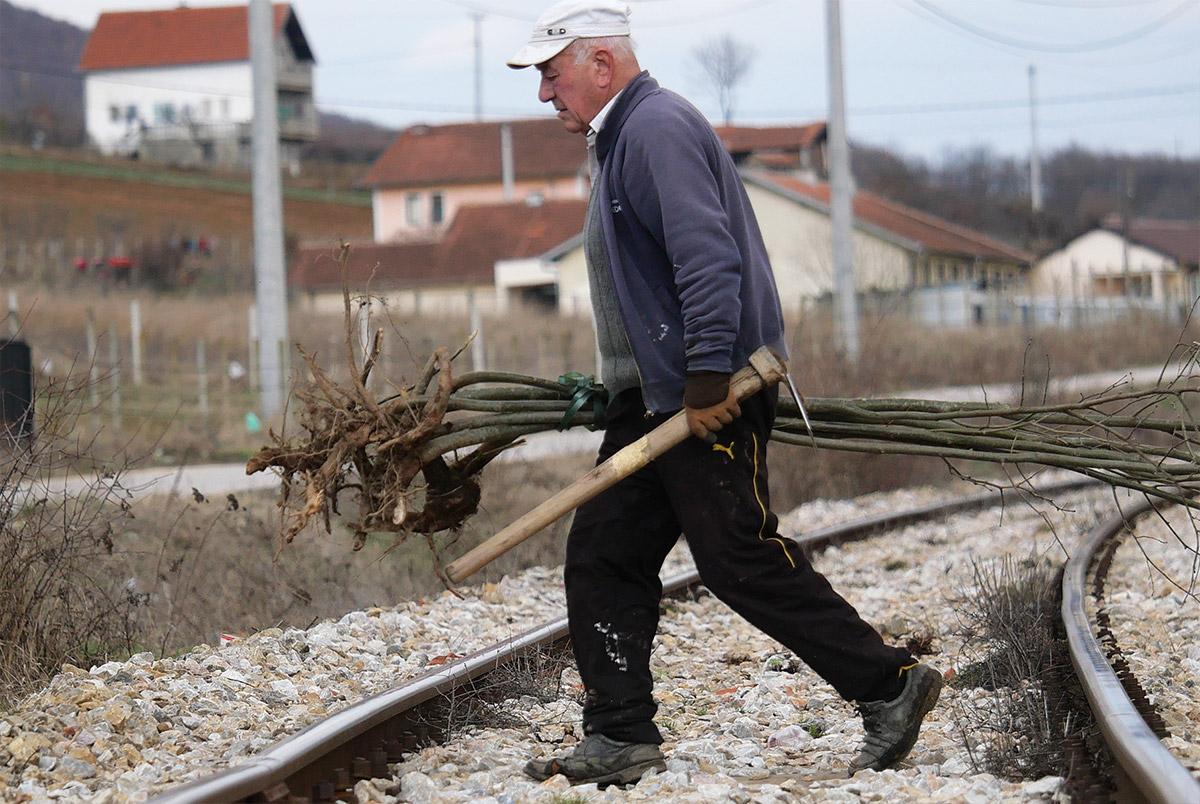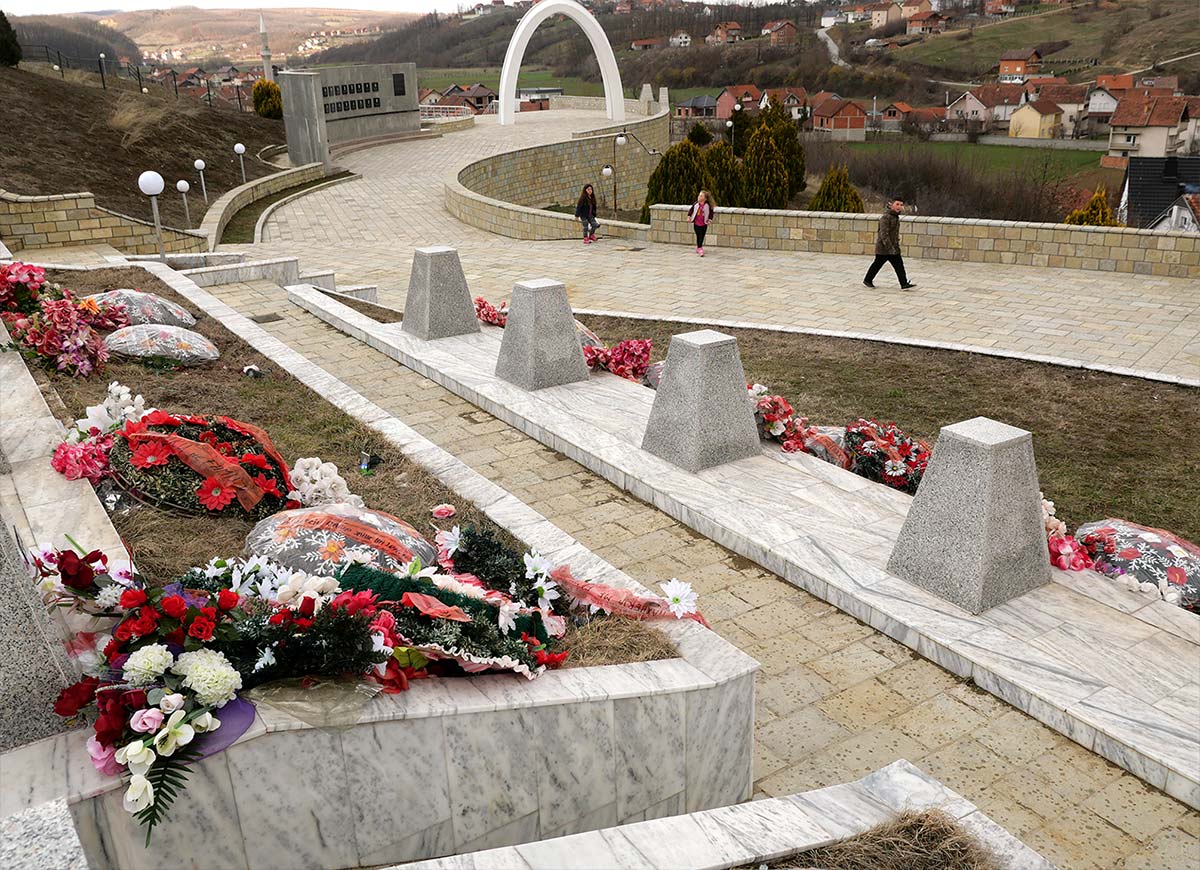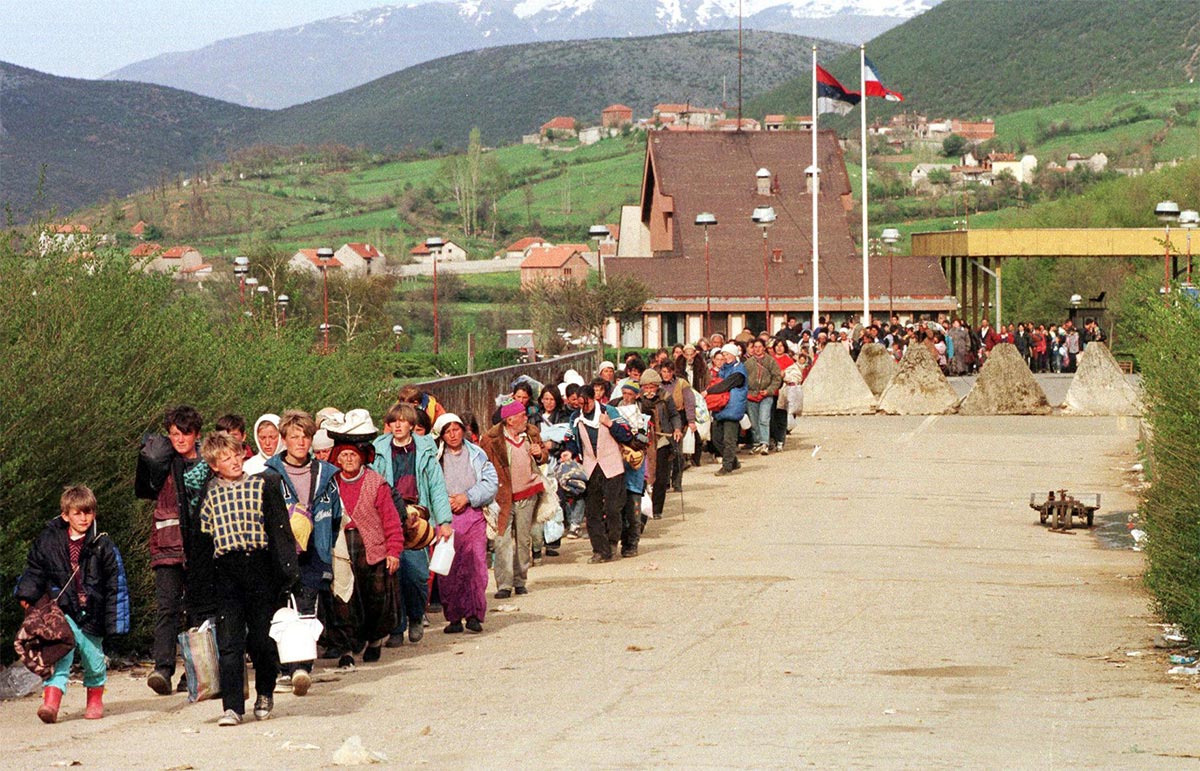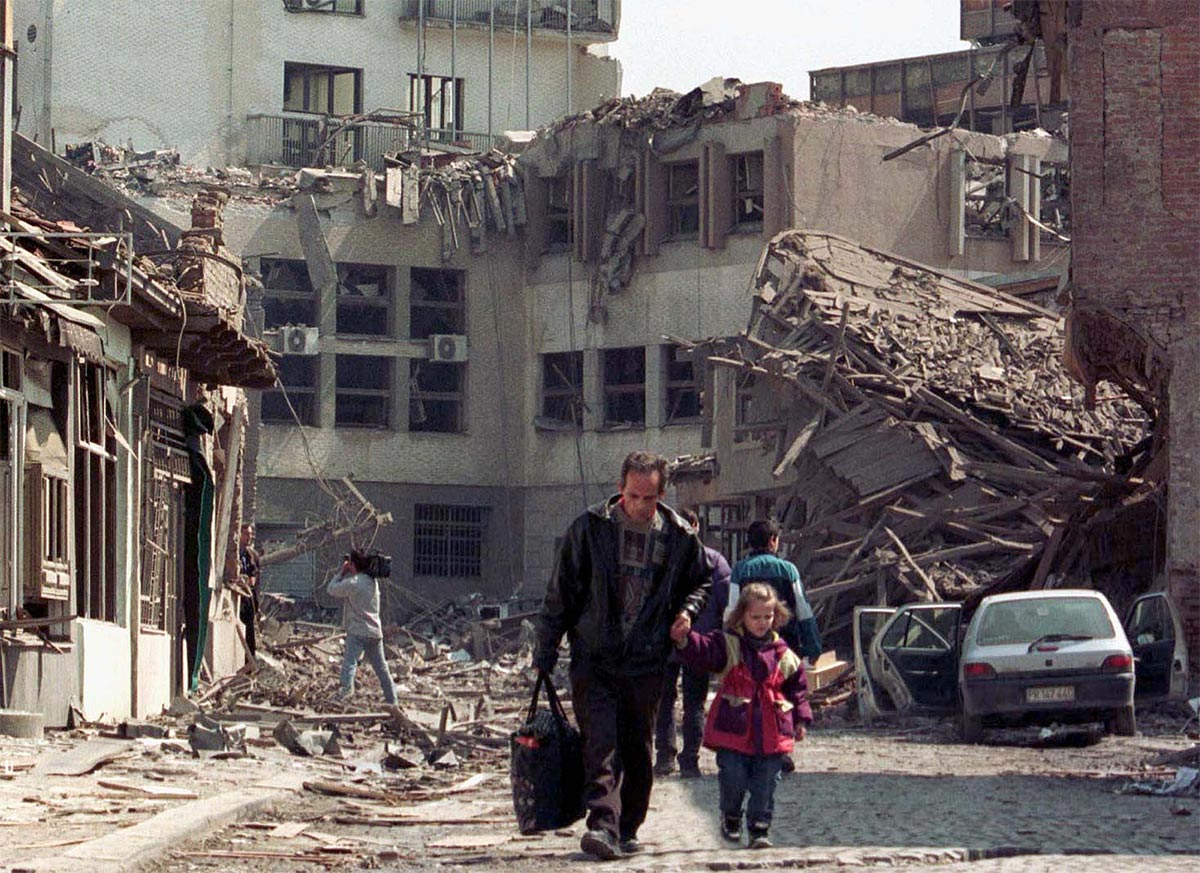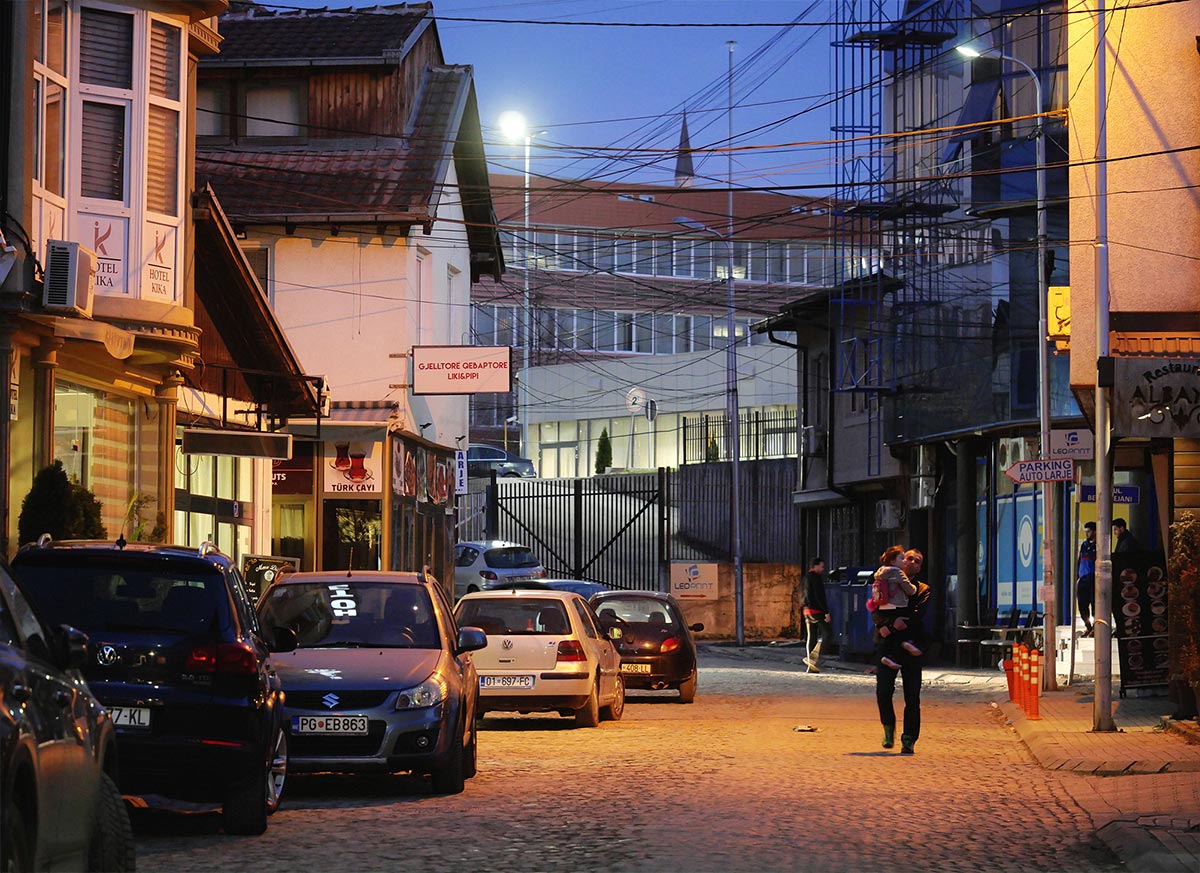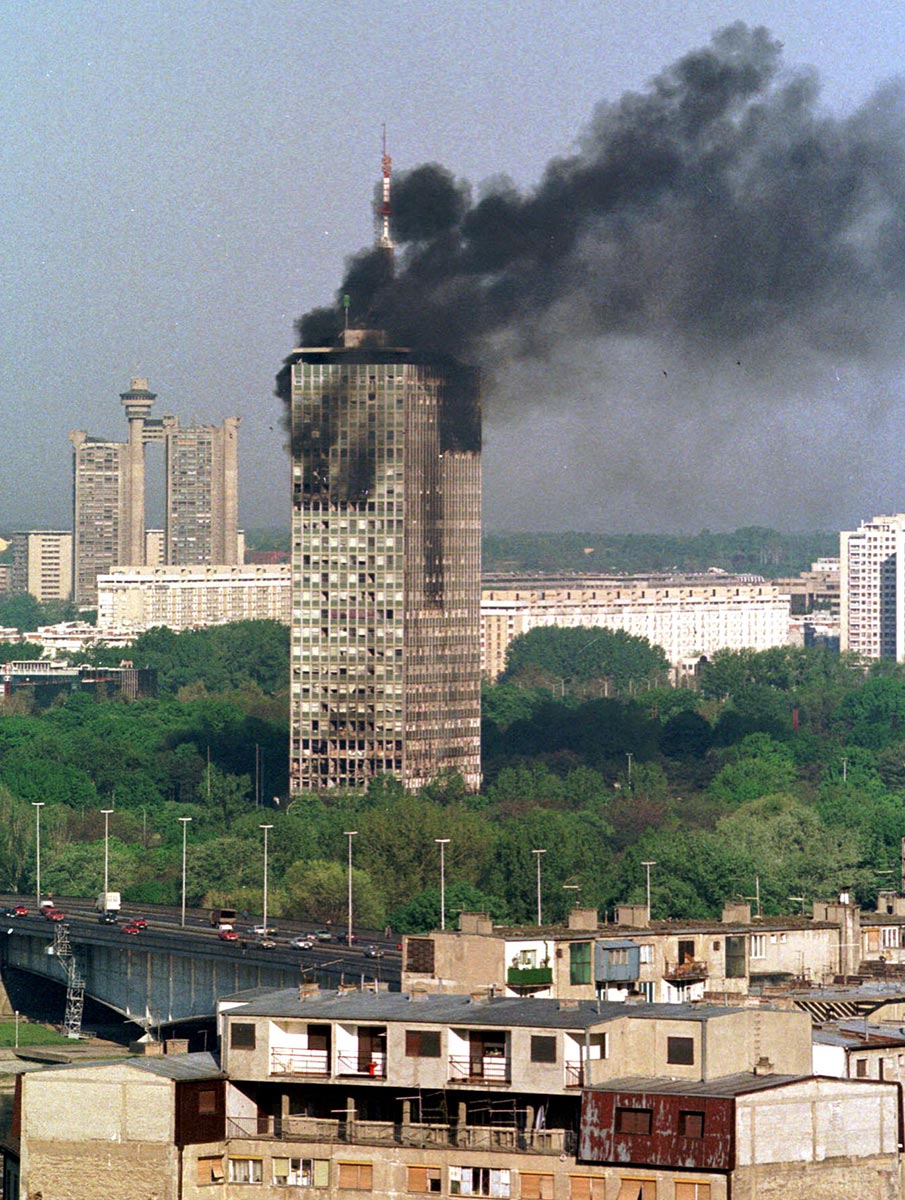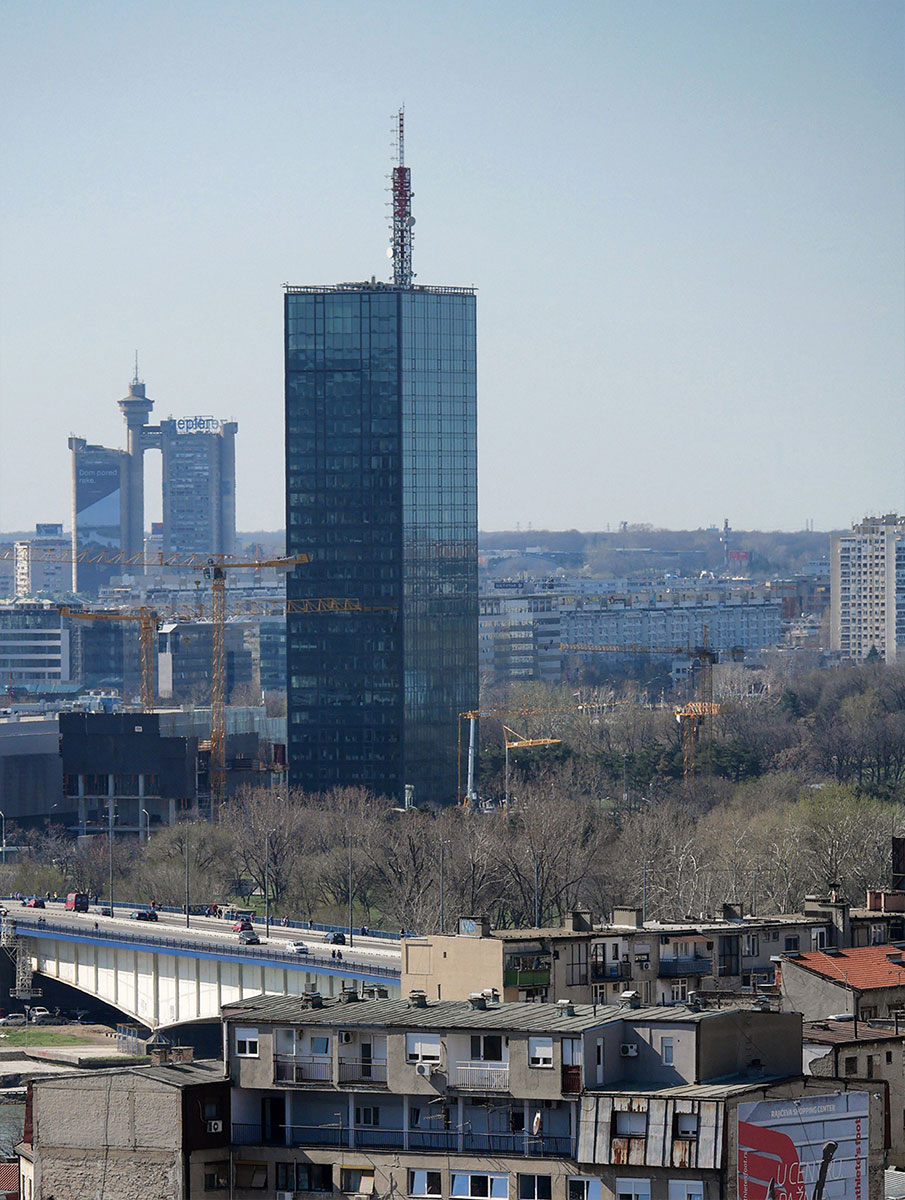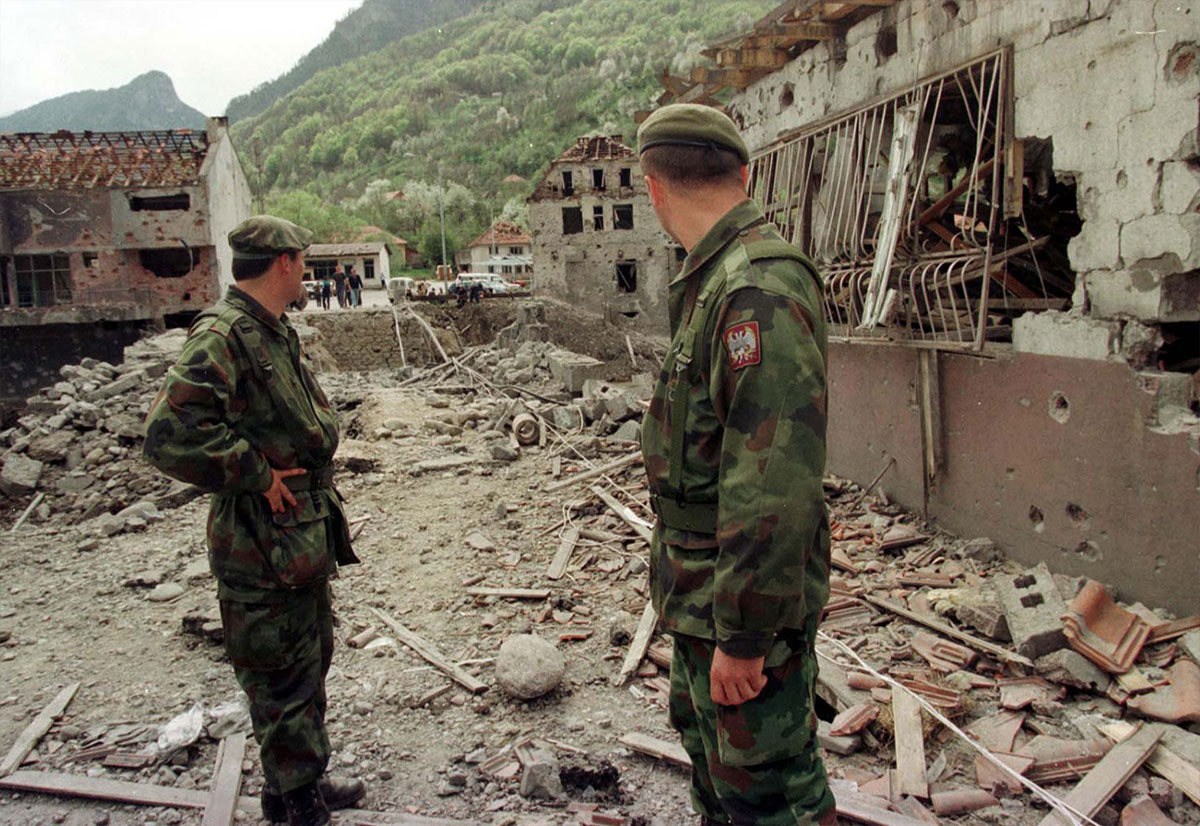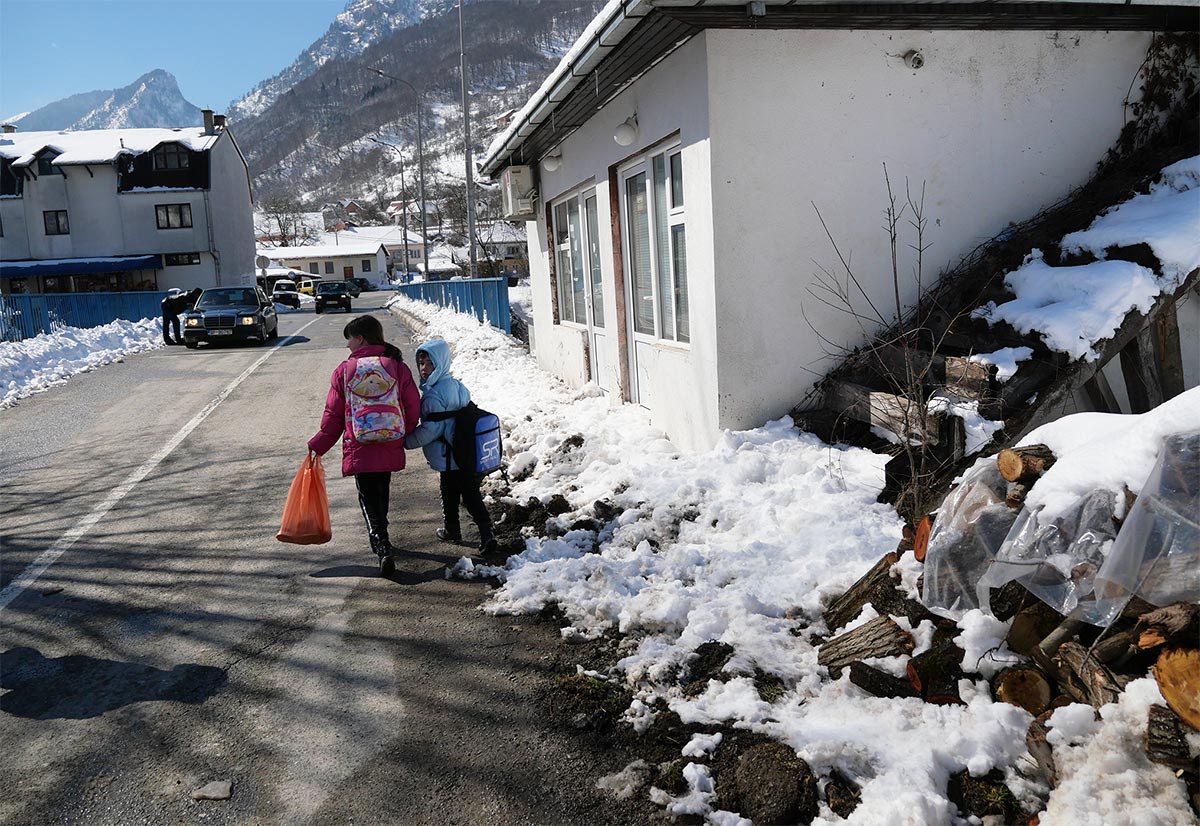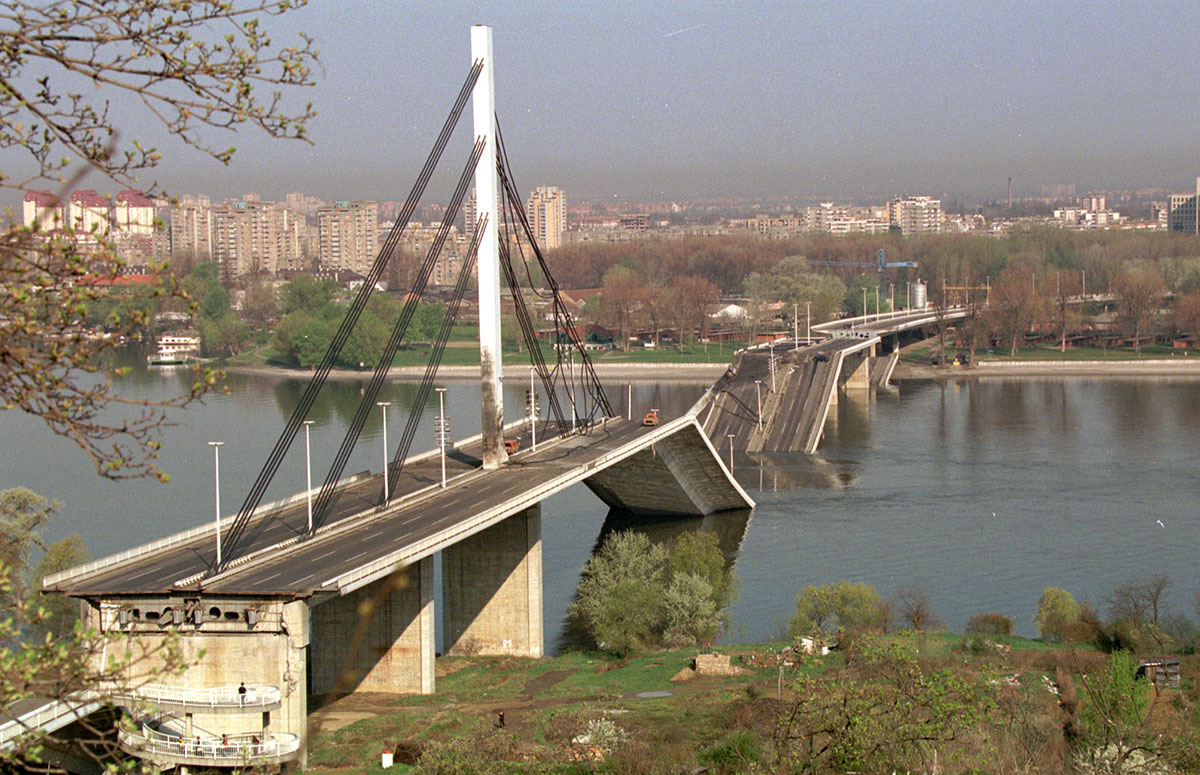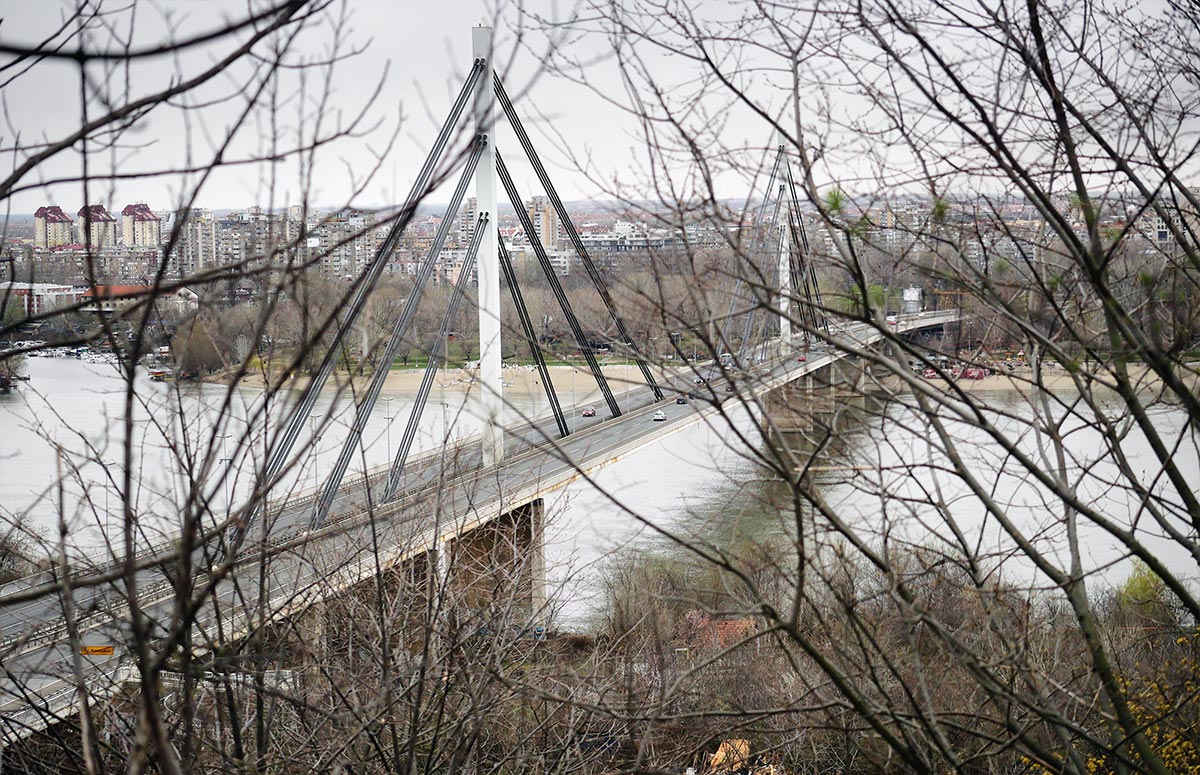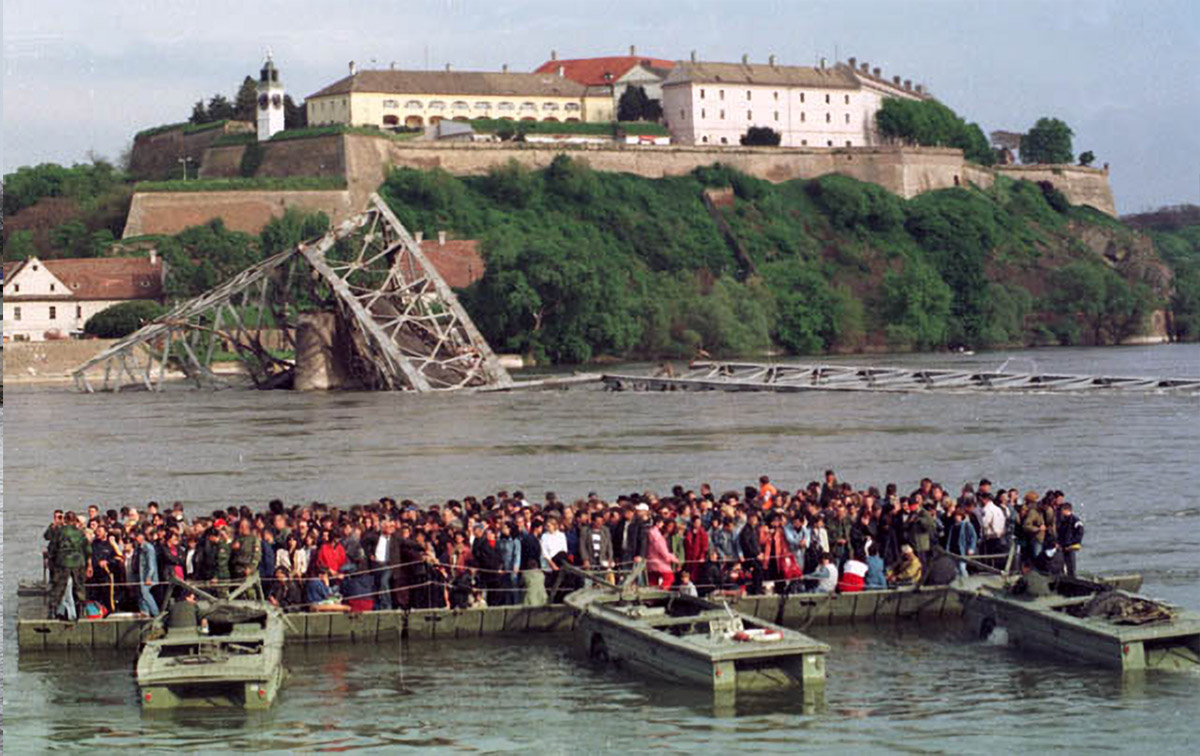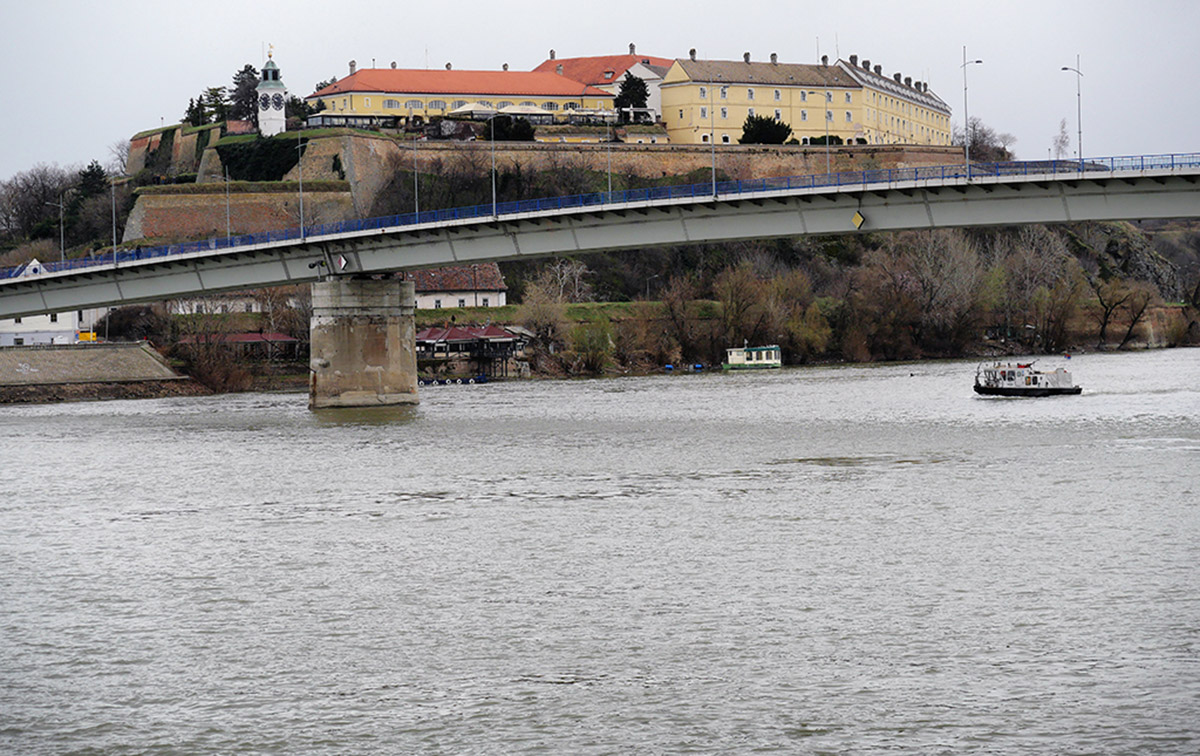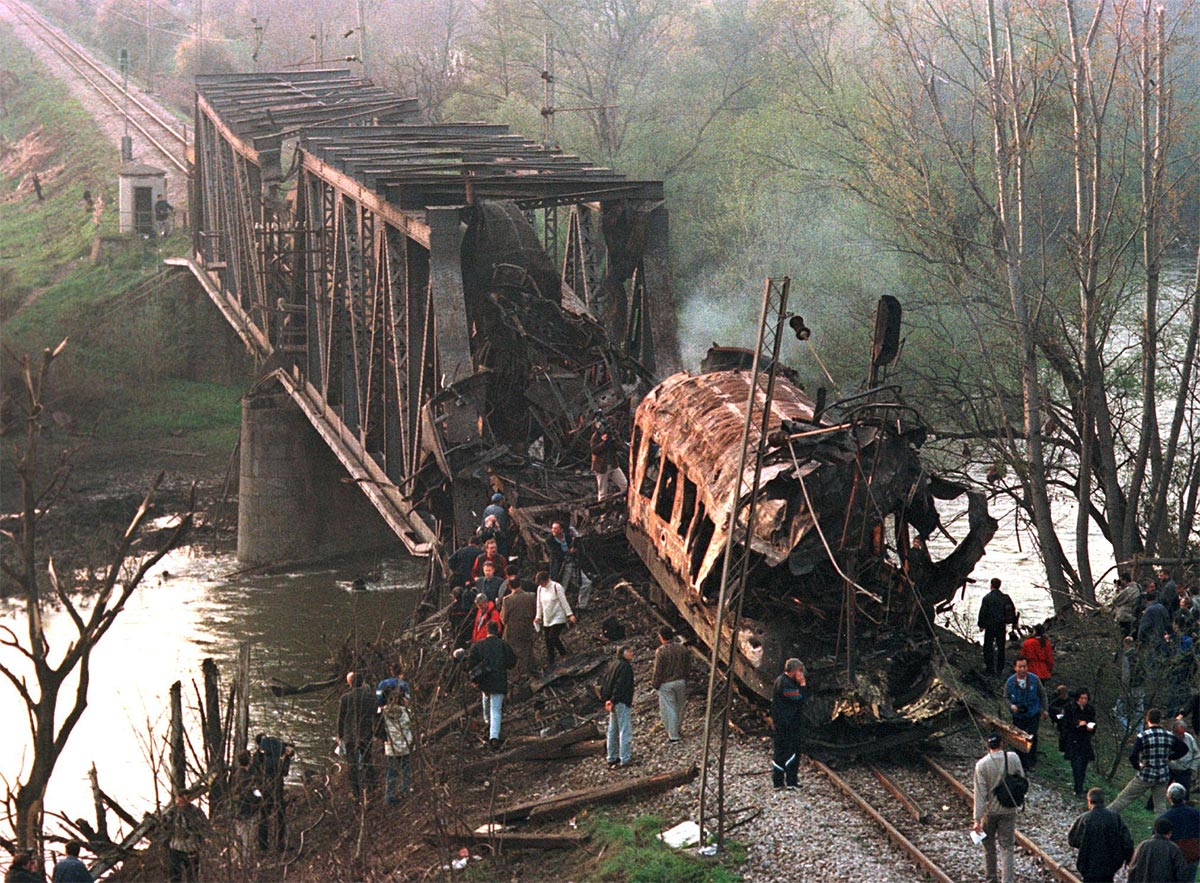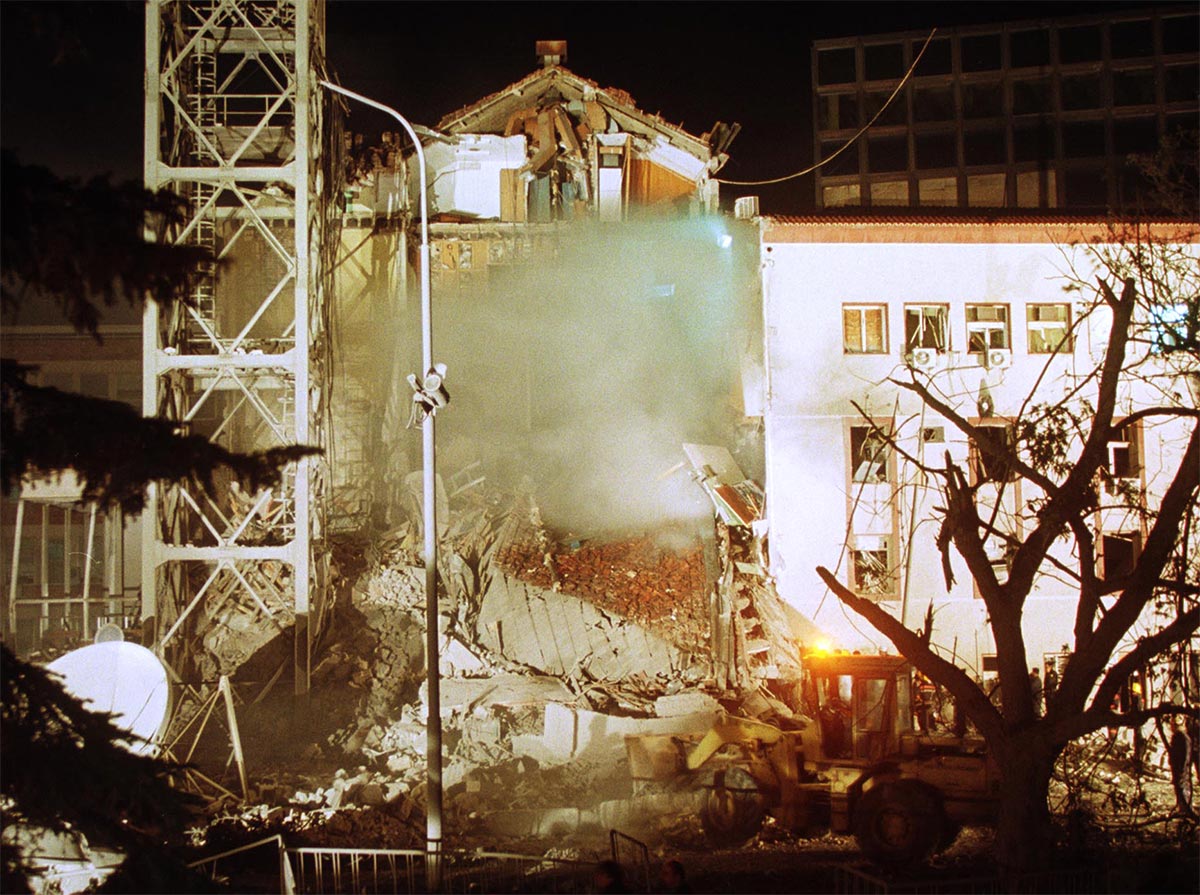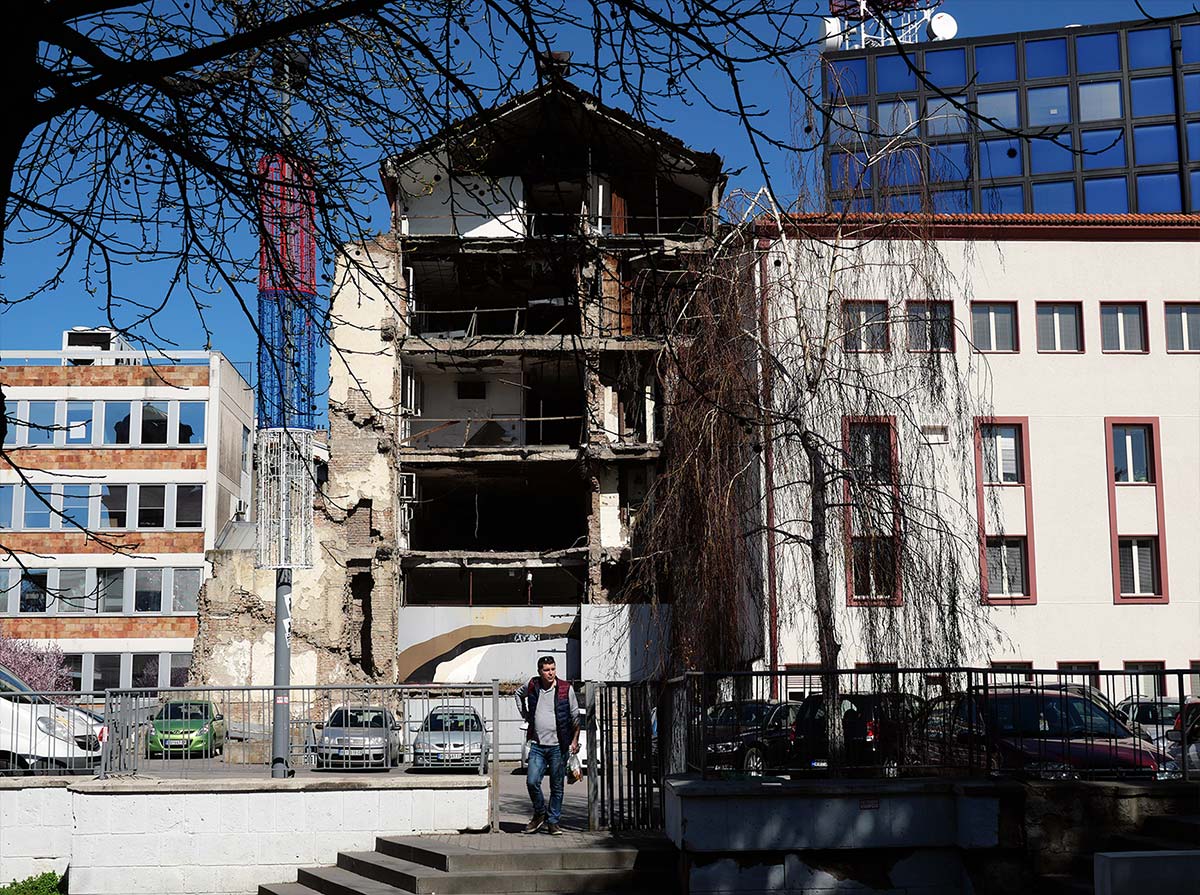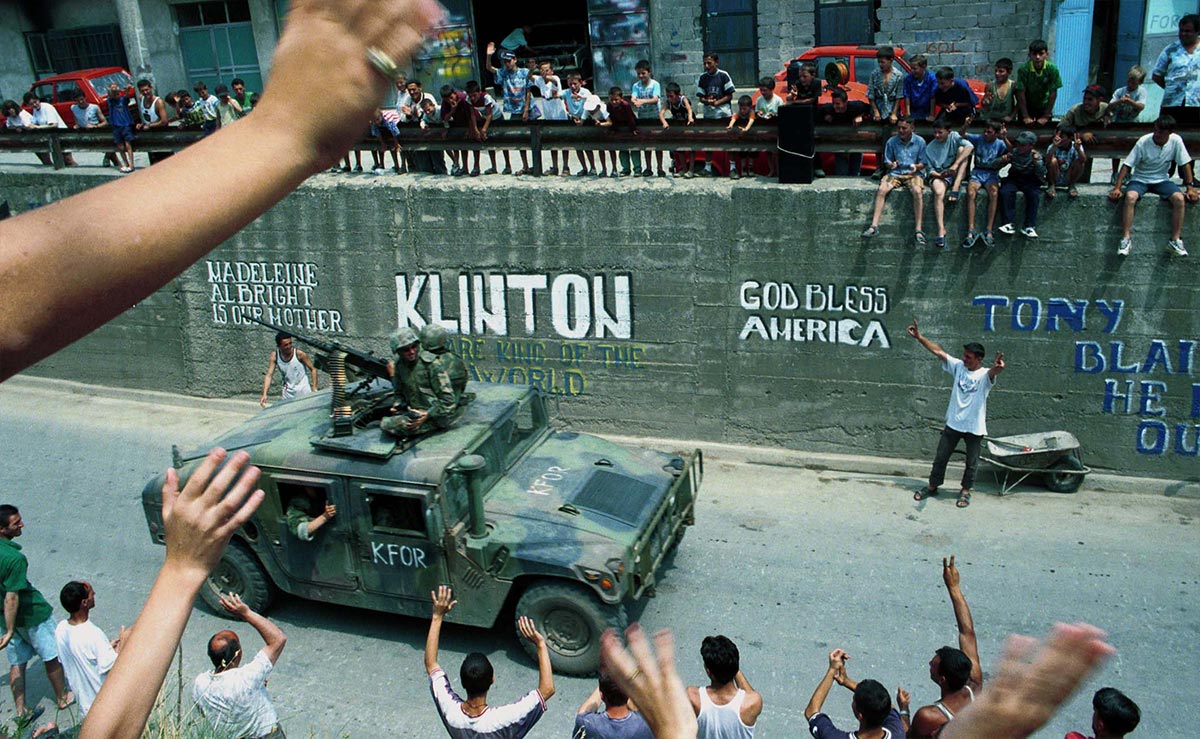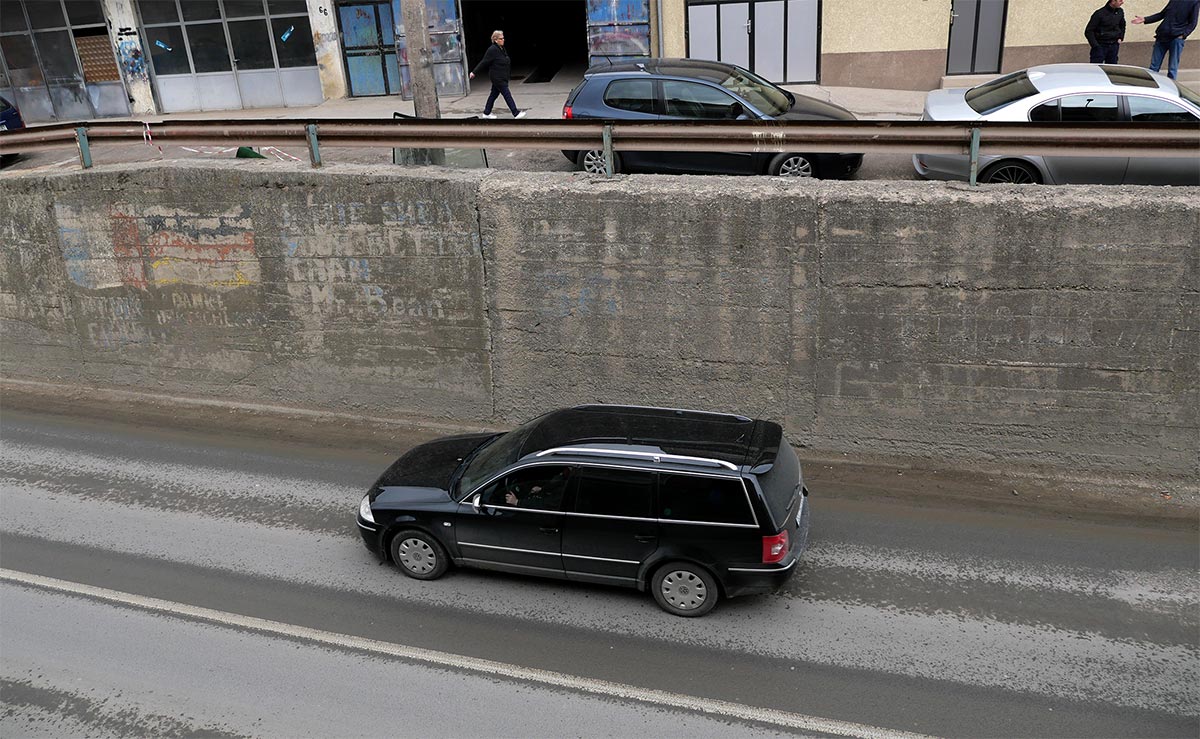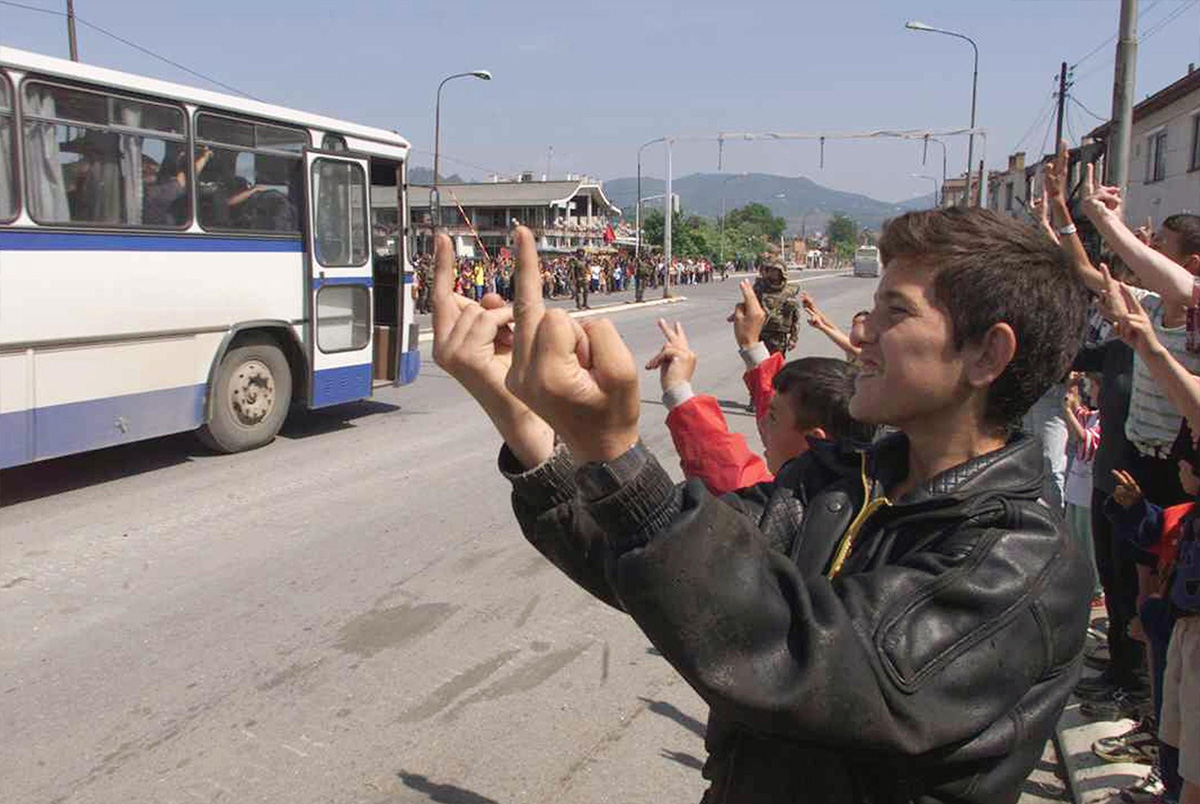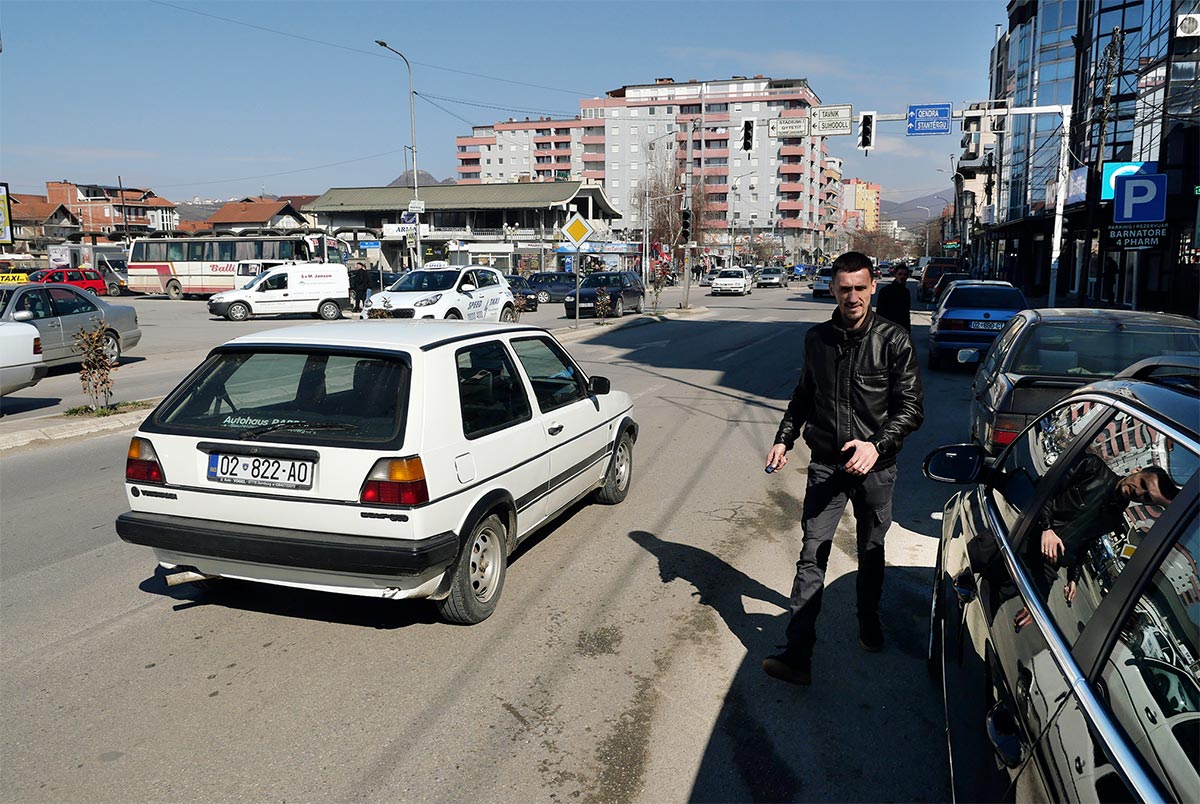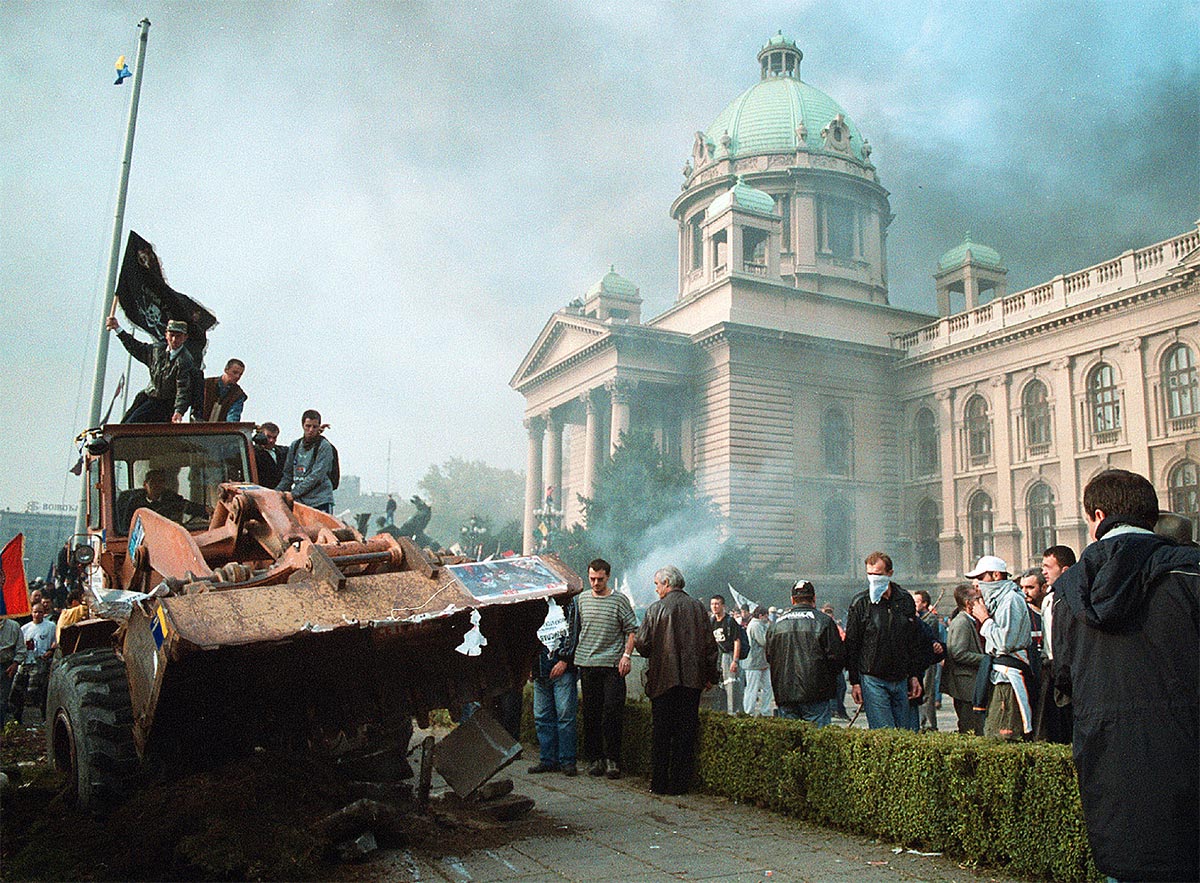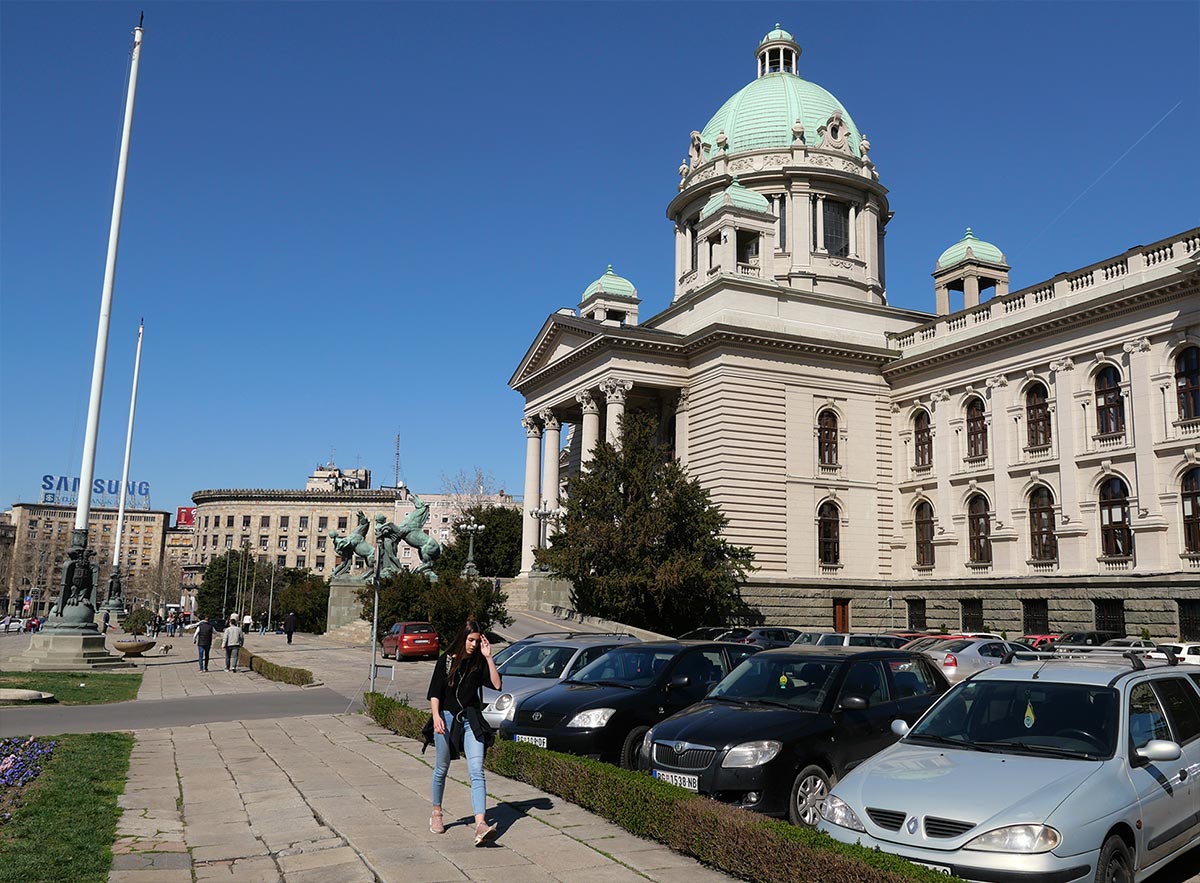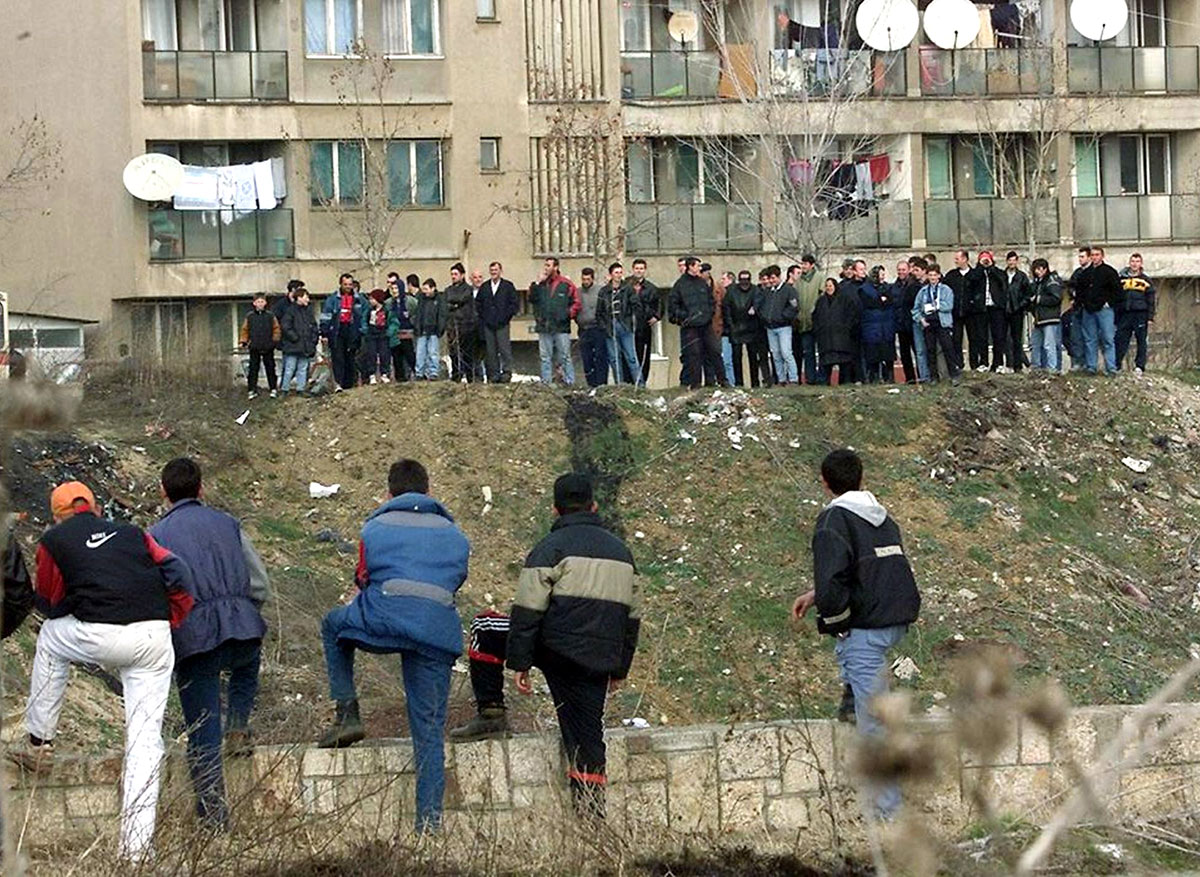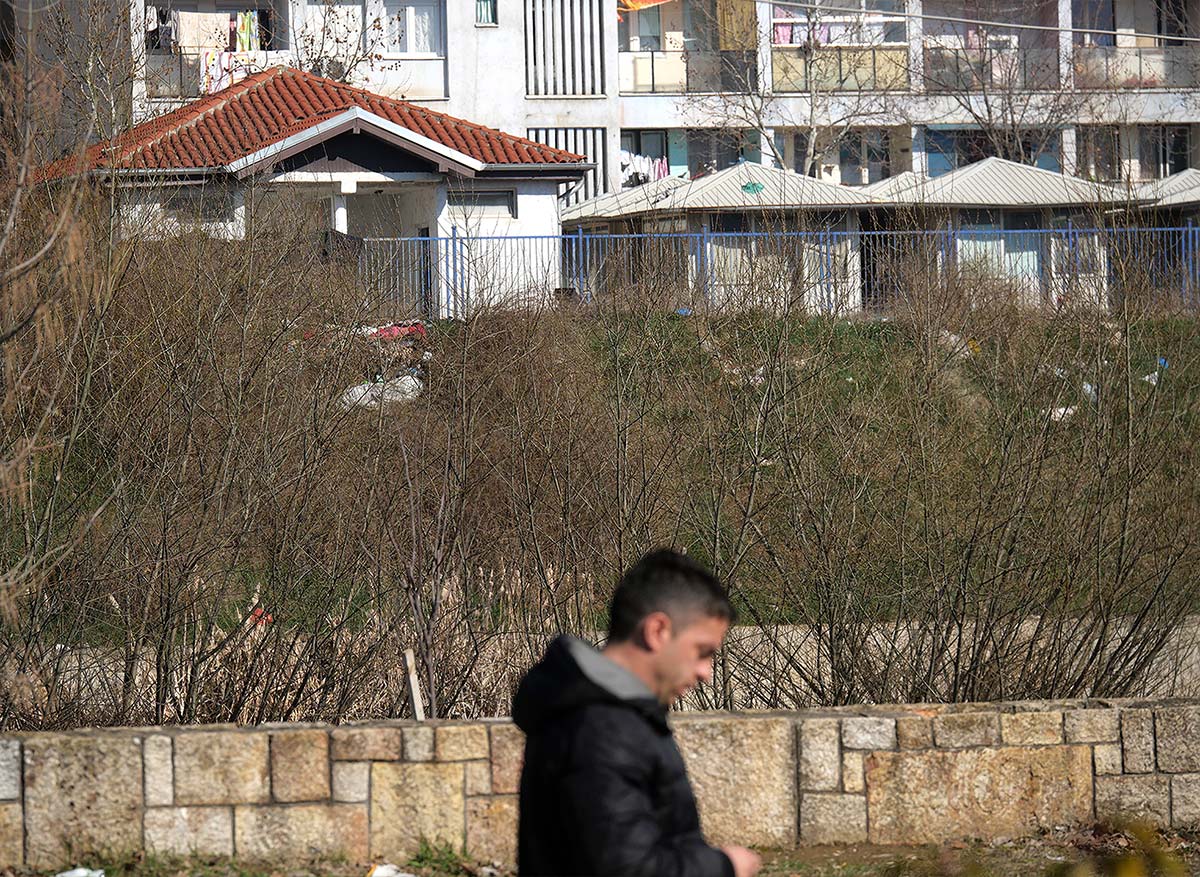Kosovo is a Jamaica-sized country in the heart of the Balkans that has long been riven by ethnic, religious, and linguistic rivalries.
By the mid-20th century, Kosovo was an autonomous region of mostly Albanian-speaking Muslims, a minority in the rest of Yugoslavia. But tensions rose between ethnic Albanians calling for more political representation within Yugoslavia and Kosovo's ethnic Serbs, who feared increasing marginalization on what they saw as sacred Serbian land.
After Serbian socialist Slobodan Milosevic rose to power in the 1980s, he tossed gunpowder on the smoldering fire of nationalism. In 1989, he met with Serbs inside Kosovo who complained of oppression from the Albanian majority. Outside the meeting, violence broke out between Serbs and ethnic Albanian police. Milosevic then marched outside and promised the angry crowd that "no one will beat you again." He then imposed direct control over Kosovo and installed Serb police in the region.
In 1991, after years of more measured resistance to conditions imposed by Belgrade, ethnic Albanians inside Kosovo formed a network of militants called the Kosovo Liberation Army (KLA) who sought to join Kosovo with a "greater Albania."
In the summer of 1998, KLA fighters killed dozens of Serb police and civilians. Yugoslav-backed authorities responded by rolling on villages with armored vehicles and driving ethnic Albanians from their homes and setting houses ablaze.
In January 1999, after KLA fighters killed four Serbs in an attack on a police post, Yugoslav government forces cordoned off the nearby village of Racak. When international observers were able to enter, they found the aftermath of a massacre: 45 ethnic Albanian civilians dead, including women and a child.
As media attention focused on the spiraling violence and streams of refugees, pressure mounted for international intervention. NATO then bypassed the United Nations to authorize air strikes unless Milosevic agreed to get "Serbs out, peacekeepers in, refugees back [to Kosovo]." Milosevic refused the terms, and on March 24, 1999, NATO planes heavy with missiles took off from an Italian air base and banked toward rump Yugoslavia.
The first missiles smashed into infrastructure linked to the Milosevic government.
Air strikes were predicted to bring Milosevic to the negotiating table within a few days, but an outraged public rallied behind Milosevic. Simultaneously, the conflict in Kosovo ramped up as Serb security forces moved through Kosovar villages on a spree of ethnic cleansing.
As civilian casualties mounted and the violence in Kosovo raged on, British Prime Minister Tony Blair told U.S. President Bill Clinton that NATO was "losing the propaganda battle...big-time."
Finally, in June 1999, after some 500 civilians had been killed in air strikes, Milosevic agreed to allow international troops into Kosovo.
As the peacekeepers and Albanian refugees moved into the region, Serb police and civilians frequently moved out.
In October 2000, with UN indictments for war crimes and crimes against humanity already issued for his actions in Kosovo, Slobodan Milosevic was toppled amid violent demonstrations. Soon afterward, he was extradited to The Hague, where he died in 2006 while still on trial.
In 2008, Kosovo declared independence from Serbia. Its sovereignty has been recognized by 110 countries, while 77 other states have opposed the declaration. Around 4,000 NATO troops are still in Kosovo.
